Buying land is one of those big steps in life that brings both possibility and pressure. At Open Season, we believe it should feel grounded and exciting—not overwhelming. We’ve helped first-time buyers across the Southeast get clarity on what matters, avoid common pitfalls, and make confident, informed decisions. This checklist isn’t here to slow you down—it’s here to guide your next step, and every one after that.
Note: These aren’t ranked by importance. Every land purchase is different, and depending on your goals—whether that’s hunting, investing, building, or simply holding—some items may matter more than others.
1. Property Rights Verification
Understand what you’re actually buying. Are there easements? Do mineral or timber rights convey? Getting clarity on ownership, title status, and access rights upfront is one of the most important steps you can take.
2. Zoning and Land Use
Zoning laws determine what you can legally do with the land. If your dream is a small cabin, a future home site, or a food plot, check that the zoning—and any county or local rules—support those uses. It’s worth making a call to the planning office.
3. Property Surveying
A current survey is your best line of defense against surprises. It confirms boundaries, acreage, and existing improvements, and it’s often required for financing. Even if you trust the seller, verify the lines.
4. Utility Access
Not every property needs power, water, or septic—but you should still know what’s there. If you’re planning to go off-grid or just enjoy a place to hunt, utility access may not matter much. But if you think you may build one day, it’s good to understand your options and costs early.
5. Financing and Closing Procedures
Land financing is a different animal. Down payments tend to be higher, and not all lenders understand rural land. We recommend working with local banks or credit unions that know land deals, and partnering with a closing team that knows how to spot the details others miss.
6. Soil and Drainage Evaluation
This matters most if you plan to build or farm. Some soils don’t perk. Others flood seasonally. A basic soil test or percolation test is a small step that can save a lot of time and money.
7. Local Restrictions or Covenants
Beyond zoning, there may be HOA rules, deed restrictions, or conservation easements that limit how the land can be used. This isn’t always obvious up front, but it’s something we always help clients look into.
8. Access Roads and Legal Ingress/Egress
Some parcels are landlocked or only accessible through private gates or neighboring properties. That doesn’t mean you can’t buy it—but it does mean you’ll want to understand what’s legal, what’s practical, and what it might take to improve access down the road.
9. Environmental Factors
Wetlands, flood zones, and protected species can all affect how land can be used. Most of these can be worked with—but only if you know they’re there. It’s smart to check FEMA maps and ask about known environmental issues.
10. Future Development Potential
Whether you’re holding the land for investment, legacy, or future use, consider what the surrounding area is doing. Will nearby growth impact the value? Is there timber or recreational upside? It’s not about guessing the market—it’s about understanding your long-term view.
Start With What Matters
This list isn’t here to raise red flags—it’s here to clear the path. With the right questions and the right people beside you, buying land can be one of the best decisions you make. At Open Season, we help you move forward with clarity, no pressure, and long-term support.
Let’s talk when you’re ready. We’re here to walk it with you.
